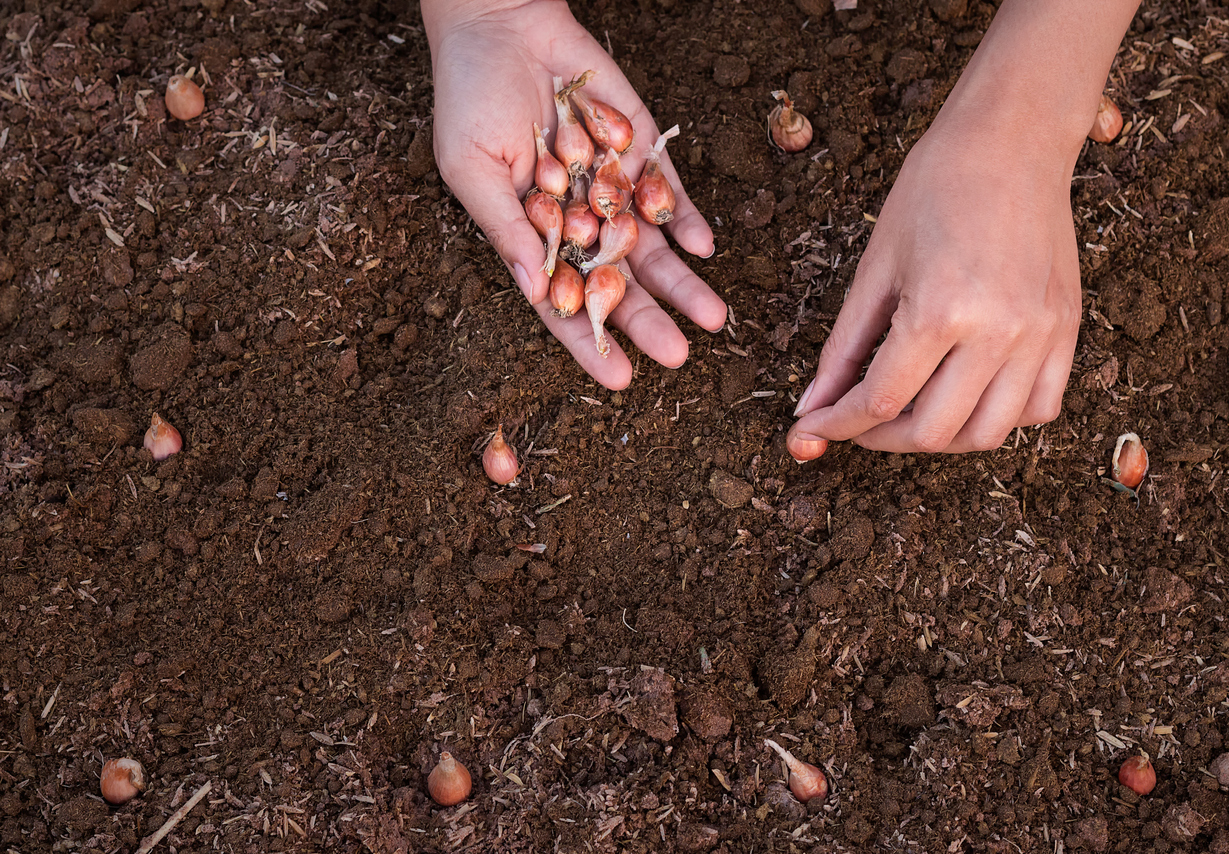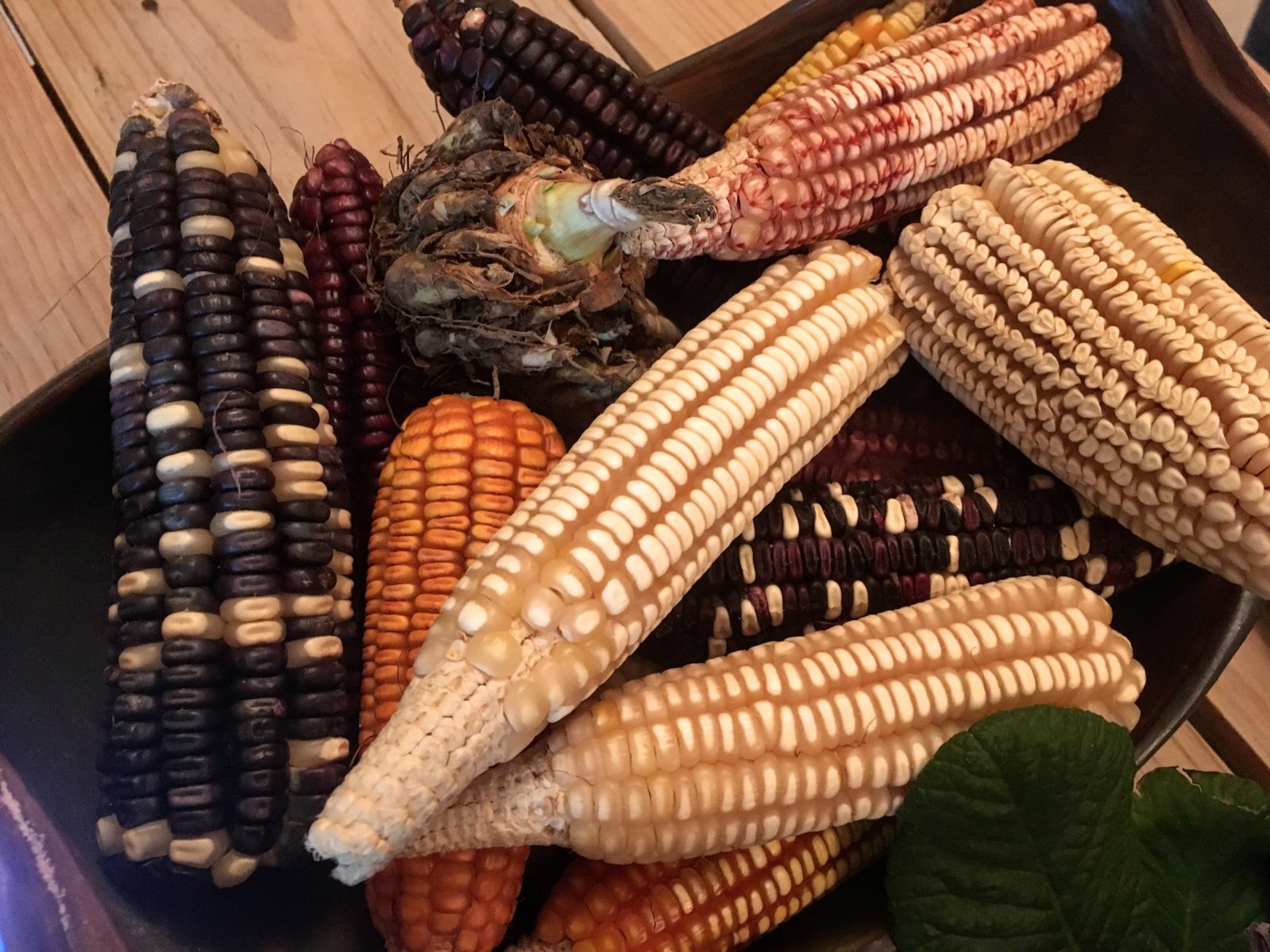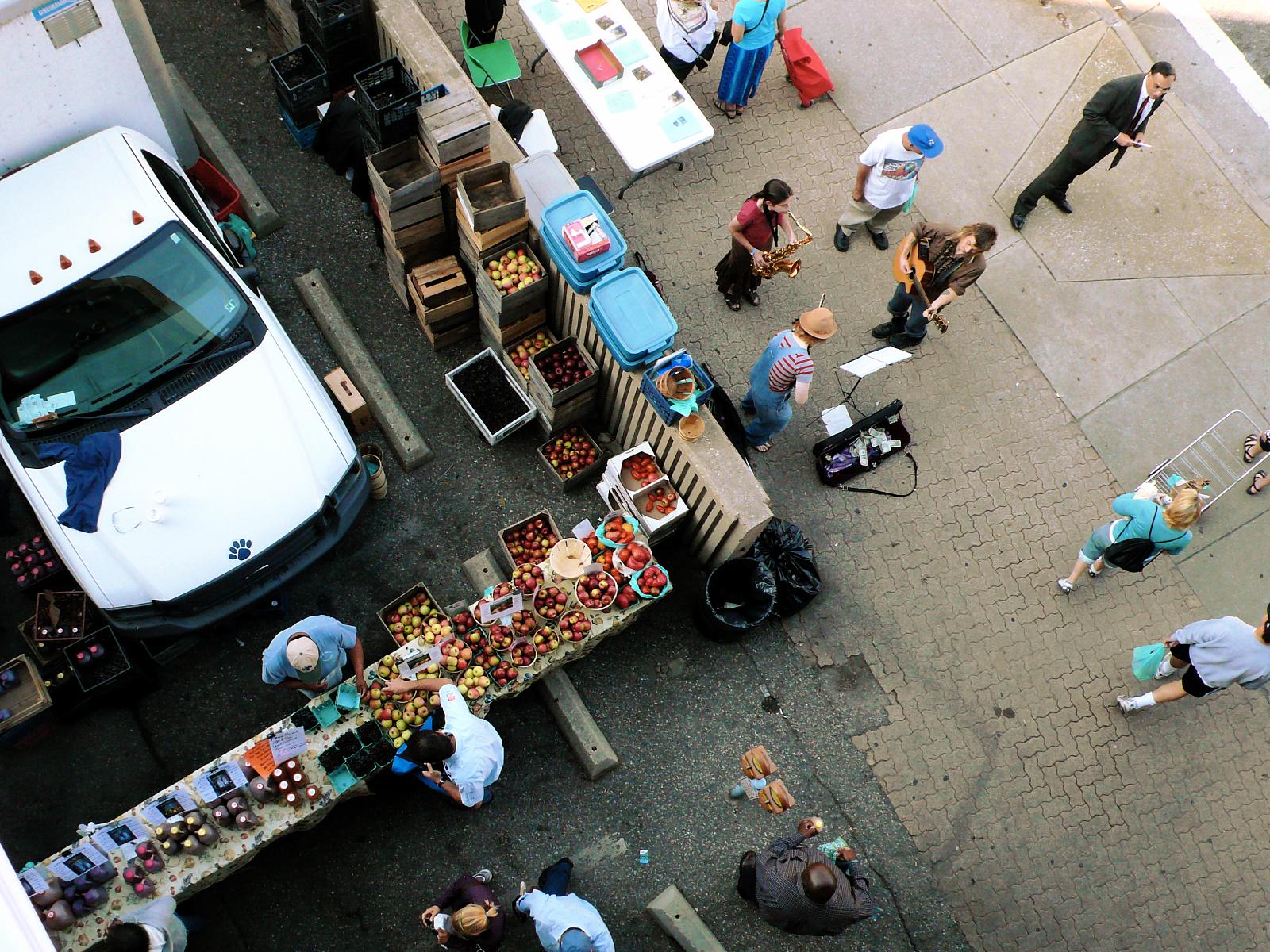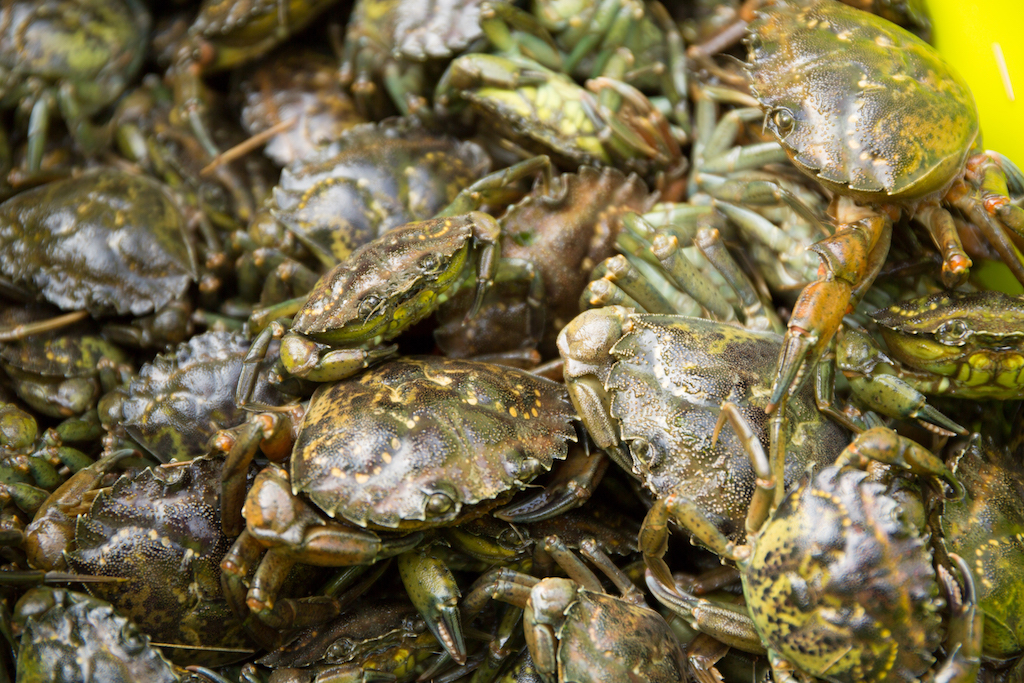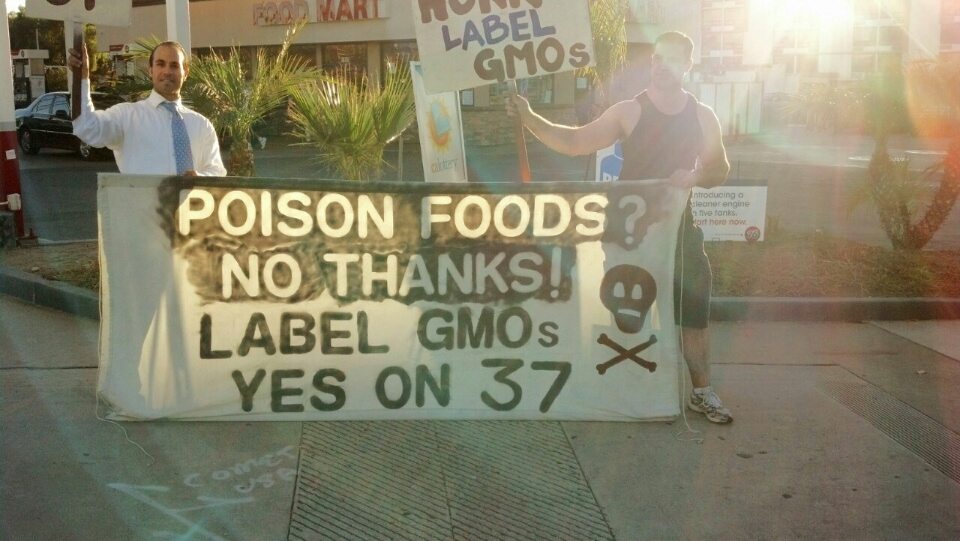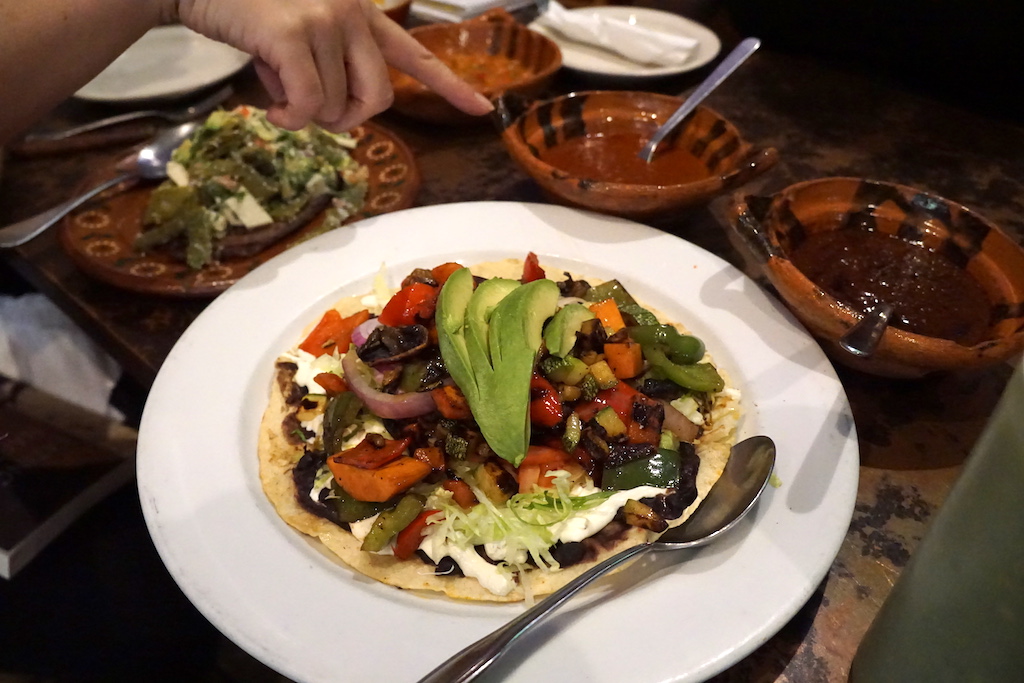
Jessica Fu
Alyshia Gálvez didn’t set out to write a book about the North American Free Trade Agreement (NAFTA). She’s not your typical expert on the economics of trade deals. At heart, she’s a scholar of people and place.
A cultural and medical anthropologist and professor of Latin American studies at the City University of New York’s Lehman College, Gálvez is the author of two books about Mexican immigrants. One is an ethnographic examination of the “Latina health paradox”—the phenomenon that Latina women experience less complicated pregnancies and more favorable birth outcomes than many other groups, in spite of socioeconomic disadvantage. The other is about Catholicism as practiced by undocumented Mexicans in New York.
But she knew she also wanted to write about Mexico’s obesity epidemic, its rise in diabetes rates, and the way cultural and agricultural shifts have impacted what and how Mexicans eat—in turn affecting their health. To her surprise, every path Gálvez followed in her research led in some way to the influence of NAFTA, the now nearly 25-year-old pact signed by the United States, Canada, and Mexico to eliminate barriers to trade and investment.
 Jessica Fu
Jessica Fu Alyshia Gálvez’s new book, Eating NAFTA, looks at how free trade agreements have disrupted the diets, bodies, and lives of Mexican people
Gálvez’s choice? La Morada, a Oaxacan restaurant in the South Bronx, owned and operated by a family of mostly undocumented immigrants, a fact that they are outspoken and unapologetic about. It’s run by 48-year-old Oaxacan native Natalia Mendez and her 28-year-old son, Marco. La Morada is, in some ways, “the anti-NAFTA,” said Gálvez, because “the kind of food that she’s cooking is the kind of food that’s threatened by NAFTA.”
La Morada was neither totally empty or totally full on the Wednesday afternoon we went. It serves the community—comprised of mostly Hispanic workers, students, fellow South Bronx residents—complex, delicious food in an informal setting. On its tinted glass front door, facing the street, “Oaxaca Resiste” was painted in red and white letters. Inside, a cloth banner adorning the entrance read, “NO DEPORTACIONES. NO DEPORTATIONS.”
At La Morada, Mendez mixes ingredients for her moles by hand. We watched on as she prepared her mole verde. In a metal bowl, she combined cumin, scallions, green peppers, pepitas, also known as pumpkin seeds, before puréeing the miscellany in a blender. The resulting sauce was fragrant, bright, and nutty.
“A mole might have 10 kinds of chiles [and] a whole bunch of spices,” Gálvez told us.
 Jessica Fu
Jessica Fu Natalia Mendez makes La Morada’s moles by hand. Above, Mendez makes her mole verde, which includes peppers, cumin, pepitas, scallions, and more
While some of those chiles and spices can be bought at grocery stores across New York City, many lesser-known ingredients can’t be secured through normal distribution channels. At the same time, commonly found items often lack the diversity and exceptional flavor of heirloom varieties. This poses problems for chefs like Mendez, who often have to settle for less-than-ideal substitutions of preferred ingredients. She laments the quality of chile peppers available to her in New York. On the day we visited, Mendez had resorted to using pepitas purchased locally, rather than ones she favors from Mexico, which are larger and meatier, and have better flavor.
In the U.S., chefs like Natalia often turn to informal distribution methods to secure ingredients, including the use of paqueteros, which Gálvez describes as a “bustling microindustry of small-scale package shippers.” Paqueteros routinely travel between places where immigrants have settled in America and their Mexican hometowns, bridging gaps in geography with foods that evoke memories of home, such as of a grandmother’s bread or a bag of locally-grown chiles.
 Jessica Fu
Jessica Fu An avocado craze has taken over stateside, but the levers of NAFTA that brought them here have displaced Mexican avocado farmers
But while NAFTA has provided Americans with nearly unlimited access to ingredients like avocados grown south of the border, the rise in accessibility coincides with a growing scarcity of the very same foods for people in Mexico.
“While moving something from one geographic or cultural space to another is a feasible business strategy, to raise the price on a product like a tortilla to many times its customary monetary value requires it to have become scarce in those original spaces,” Gálvez says. We don’t talk enough about who loses out when a culture is appropriated. In Eating NAFTA, she cites the $750-per-seat “pop-up” restaurant in Tulum, Mexico served by Danish chef René Redzepi.
At its core, Eating NAFTA seeks to understand the political and social changes that severed ties between Mexican people and the food they cooked and consumed for generations.
One of the book’s key findings is that Mexican people have effectively been priced out of eating their ancestral foods.
 Jessica Fu
Jessica Fu La Morada’s menu features an array of moles, including green, white, red, and chocolate varieties
As our meal continued, she began to explain connections between NAFTA and the decline in traditional Mexican cuisines; the industrialized and processed foods that flooded in to replace them; and the resulting effects on the health of the Mexican population at large.
~
The first dish to arrive at our table was a basket of warm corn tortillas. They were slightly sweet and springy, and we rolled them up and dipped them into the array of moles.
They were also a fitting introduction to our meal: Corn, the key ingredient, is one of the most influential and controversial characters in the story of NAFTA.
In 1994, when NAFTA went into effect, it devastated small-scale and heirloom corn farming operations in Mexico by opening the floodgates to a torrent of commodity corn from American producers. In NAFTA negotiations, Mexico was strong-armed into giving up subsidies to its corn farmers, while American farmers continued to receive them. The surge of corn into the Mexican market caused prices to plummet and displaced millions of farmworkers from the agrarian economy.
 Jessica Fu
Jessica Fu Gálvez points out the difference between heirloom and hybrid corn, as pictured in her book
Eating NAFTA points out that Mexican avocado farmers endured a similar fate: American avocado producers “ensured that the trade agreement included new limitations on imports so that they could continue to dominate the US market.” As it did with corn, NAFTA ultimately left Mexican producers in a position where they were unable to compete with American ones, prompting their emigration to places like New York City.
Today, those import limitations have been phased out and an avocado craze has taken over stateside. The buttery fruit is a staple on everything, from toast at coffee shops to the tlayudas at La Morada. Mendez makes hers by topping a large tortilla with beans, cheese roasted vegetables, and slices of fresh avocado. Gálvez tells her children that it’s “Mexican pizza.”
Gálvez pointed out that the small-scale farmers pushed out of business at the dawn of NAFTA aren’t reaping the profits of today’s avocado boom. Instead, they—like their corn farming counterparts—remain displaced.
“Even as Mexico urbanized and industrialized, it expelled millions, leading to 10 percent of the Mexican population living in the United States by 2006,” Gálvez writes in Eating NAFTA.
 Jessica Fu
Jessica Fu La Morada is run by Natalia Mendez and her son, Marco (left). In addition to hosting and serving, he’s also the poet-in-residence
As we enjoyed Mendez’s tortillas, Gálvez reminded us that La Morada’s very existence can be viewed as a testament to that displacement.
“In some ways, [La Morada] is a product of NAFTA because it’s factors like NAFTA that lead to migration of people like Natalia and her family, who found themselves unable to remain in their community of origin as much as they would’ve liked to.”
She pointed out a key irony of this: While ingredients were allowed to travel freely under NAFTA’s terms, human beings were not, and still aren’t.
“While it was widely understood that the relationship between the United States and Mexico needed to include terms governing the flow of goods, capital, and people, the United States refused to allow migration to be on the table,” Gálvez writes. “To remove one leg of what had been envisioned as a three-legged stool made the entire deal wobbly from the start. The Mexican government anticipated that a half million campesinos would be displaced before a place could be found for them in the new economy, a process some called ‘de-peasantization.’”
 Jessica Fu
Jessica Fu La Morada is owned and operated by a family of mostly undocumented immigrants, a fact the staff does little to hide
In other words, policymakers in both Mexico and America knew that NAFTA would destabilize millions of farmers and farmworkers. But they grossly underestimated just how many would be affected, and failed to implement measures to proactively protect them from the predicted economic fallout.
America’s desire to have unfettered access to Mexican produce and capital, while refusing to open its borders to Mexican people, is not just unsustainable. Gálvez makes the case that it’s amoral as well. But the nationalistic sentiments that shaped NAFTA are still being stoked by the politicians currently revising the trade agreement. How can we learn from our mistakes if we don’t acknowledge them in the first place?
“[We’re united] by a system that simultaneously wreaks havoc on people, displaces people, keeps people divided from their family members, families like this one who can’t go back and forth, who are constantly at risk of detention and deportation,” she said, motioning to Mendez and her son, Marco. “I think we need to ask ourselves why is it that we don’t want a freely circulating North America. Why are we so afraid of our neighbors that we think we can take their goods—have capital flows but not the flow of people? That basic unwillingness to actually open the doors of the continent in itself produces these imbalances.”
~
One of the most memorable dishes at La Morada was the molcajete, a dish filled with a variety of different meats, including chorizo, chicken, and pork cutlets, as well as cheese grilled to the texture of a steak and strips of cactus. It’s named for the black, animal-shaped stone bowl that it’s served in.
Meat, however, wasn’t always a staple of the Mexican diet, a point underscored in Eating NAFTA.
 Jessica Fu
Jessica Fu The molcajete at La Morada features strips of cactus, onions, radishes, and an array of grilled meats, all served in a stone bowl
In its introduction, Gálvez introduced readers to Aura, a native of Puebla, Mexico who immigrated to New York City in 1999. Back home, Aura was used to eating a milpa-based diet, which is centered around corn, beans, and squash, and features meat or poultry only occasionally. In the U.S., her protein intake rose, after she found that it was often cheaper than milpa vegetables at her grocery store.
Later in the book, Gálvez also notes that a surplus in industrialized corn production helped “jumpstart” the meat industry, which relies heavily on the crop for livestock feed. That boost, combined with globalization, helped push demand for meat onto plates in communities where previously there was little or none, Gálvez writes, with negative health outcomes as a result.
Upon moving back to Mexico, Aura was diagnosed with type 2 diabetes.
It would be specious to say that high meat intake alone leads to type 2 diabetes (though links have been established). However, its adoption into people’s diets serves as an effective litmus test for the extent to which the Standard American Diet—characterized by its high intake of meat, dairy, grains, and sugar—has been popularized globally.
NAFTA has opened up new markets for multinational food and beverage companies like Coca-Cola, at the expense of public health
For all NAFTA has done to bring ingredients into the U.S., Gálvez told us, its greatest boon to big American food companies has been the removal of barriers of entry into new markets. As American eaters attempted to wean themselves off of sugary drinks, for example, companies like Coca-Cola, with the help of free trade agreements, have redirected their marketing dollars to countries like Mexico.
“Declining consumption in industrialized countries doesn’t matter to shareholders when there is a whole world of new consumers to be targeted,” Gálvez writes. “Mexicans’ increased consumption has propped up economic agreements like NAFTA and produced a vibrant regional economy, but it is impacting their health.”
Eating NAFTA provides a snapshot of what exactly those impacts are. “Data from 1990, before NAFTA, and 2013, nearly twenty years after it took effect, reveal the consequences: chronic kidney disease increased 276 percent, diabetes 41 percent, and ischemic heart disease 52 percent.”
But NAFTA didn’t just accelerate the export of unhealthy foods, Gálvez stresses. It also changed the way the government saw its responsibility towards public health.
“One of the key bargains implied by the deal was for Mexico to shift from a model of food sovereignty based on small-scale subsistence agriculture to one of food security,” Gálvez writes. This may sound innocuous at first. But NAFTA helped to make Mexican citizens reliant on the global marketplace for sustenance, rather than traditional, self-reliant methods of food production rooted in their culture.
This shift also allowed Mexico’s government to deflect blame for the country’s growing public health problems onto individual eaters—who are seen as decision-makers responsible for their spending in a free market, as opposed to victims of a major upheaval in the way food is grown and sold.
“Rather than take responsibility for the structural changes to the nation’s economy and food system since NAFTA, the government of Mexico has framed citizens as consumers, free and capable of purchasing the goods of health and well-being in the marketplace,” Gálvez writes. “If diet-related illness has risen in the aftermath of NAFTA, it is, the logic holds, because Mexicans need to be educated to be better consumers, not because their political leaders have transformed the context in which they make their lives.”
~
At its core, Eating NAFTA is a reminder that people in Mexico and the United States are linked by what we eat. But the benefit of being joined by food across nations has not been distributed equally. Throughout the book, Gálvez stresses the extent to which the free trade agreement has functioned as a tool to enrich multinational food corporations at the expense of eaters on both sides of the border.
 Jessica Fu
Jessica Fu NAFTA made Mexican food more accessible for American eaters, but pushed some ingredients out of reach for low-income Mexican people
NAFTA’s health impacts include a rise in caloric intake in Canada, but its effects have been especially significant in Mexico. Even in renegotiations today, big food companies are lobbying to ban health warning labels through the force of the free trade agreement. Gálvez also makes the case that NAFTA has weakened the power we have over our own day-to-day eating. Free trade might sound like it increases our gustatory freedom. In reality, we are likely left with less.
“There’s this illusion of choice in terms of product diversity, [in having] aisle after aisle of yogurts or snacks,” she said, as we wrapped up our meal at La Morada. “But it’s about what we aren’t getting. There’s less variety. It’s more homogeneous, we’re eating more like each other around the world. It’s choice as defined in a really corporate, market-centric way. It helps us think that we’re not being impoverished by this but we are.”
The less we question the food options available to us, the more uniform our diets become. And that makes it easier for big food corporations to scale up their operations, at the expense of our biodiversity. If we continue on the track we’ve laid through NAFTA, according to Gálvez, then we’re headed for “possibly apocalyptic scenarios.”
 Jessica Fu
Jessica Fu La Morada’s lending library runs along its back wall
“The reduction of this incredible wealth and diversity of plants and animals to two species of corn that are grown on 90 percent of the [corn fields]—what happens when Roundup stops working?” she asked, referring to the fact that most of the corn grown in America is genetically modified, inedible for humans, and dependent on privately-owned chemical inputs. “Or when there’s a blight specifically micro-adapted to that species of corn?”
Throughout the writing of Eating NAFTA, Gálvez struggled to find solutions to the problems she presents in her book. It’s one thing to explore the issues that cropped up after the trade agreement was enacted. The challenge is that, now that NAFTA is here, ending it isn’t really an option.
“I find myself being somebody who wrote a book critiquing NAFTA and at the same time, I’m saying, ‘Please don’t get rid of NAFTA. Don’t be reckless and don’t think you can with the stroke of a pen get rid of that,’” she said. “Because that could cause another huge wave of instability and pain for people who are always going to get the short end of the stick.”
“The more I [watched] these closed-door negotiations, that to me became the most morally reprehensible aspect. Who’s at the table? Whose voices are influencing this? Who’s being completely left out of the conversation?”she said. “And the answer is: all of us. We have this revolving door between industry and government agencies that are regulating industry and then the trade negotiators.”
Ordinary people, Gálvez insisted, need a seat at that table. Not just sustenance and large-scale farmers, but health advocates, nutritionists, and cultural anthropologists.
It’s not hard to imagine why most people may feel a distance between NAFTA and their daily lives. But at the end of the day, Eating NAFTA makes the case that the trade agreement has profoundly personal consequences. Despite what President Donald Trump may say, America is not the only loser under NAFTA—and neither is Mexico. Instead it’s eaters in both countries who lose out on diverse and affordable food.
 Jessica Fu
Jessica Fu “La Morada” refers to shelters on corn fields that farm workers would rest in during harvest
“If our goal is to diminish hunger, we have a really weird way of going about it,” Galvez said.
At the time of this writing, the Trump administration has less than one week left to finalize a renegotiated version of NAFTA with current Mexican President Enrique Peña Nieto. After September 30, any trade agreement would instead require sign-off by Mexican president-elect Andrés Manuel López Obrador, who would reportedly pursue more aggressive changes to the deal than his predecessor.
Gálvez urges us to consider a forward-thinking model: one that would consult small-scale producers, consider human migration to be as imperative as the flow of capital, and prioritize public health as a collective responsibility. Until then, a renegotiated NAFTA may not be any better than its predecessor.




